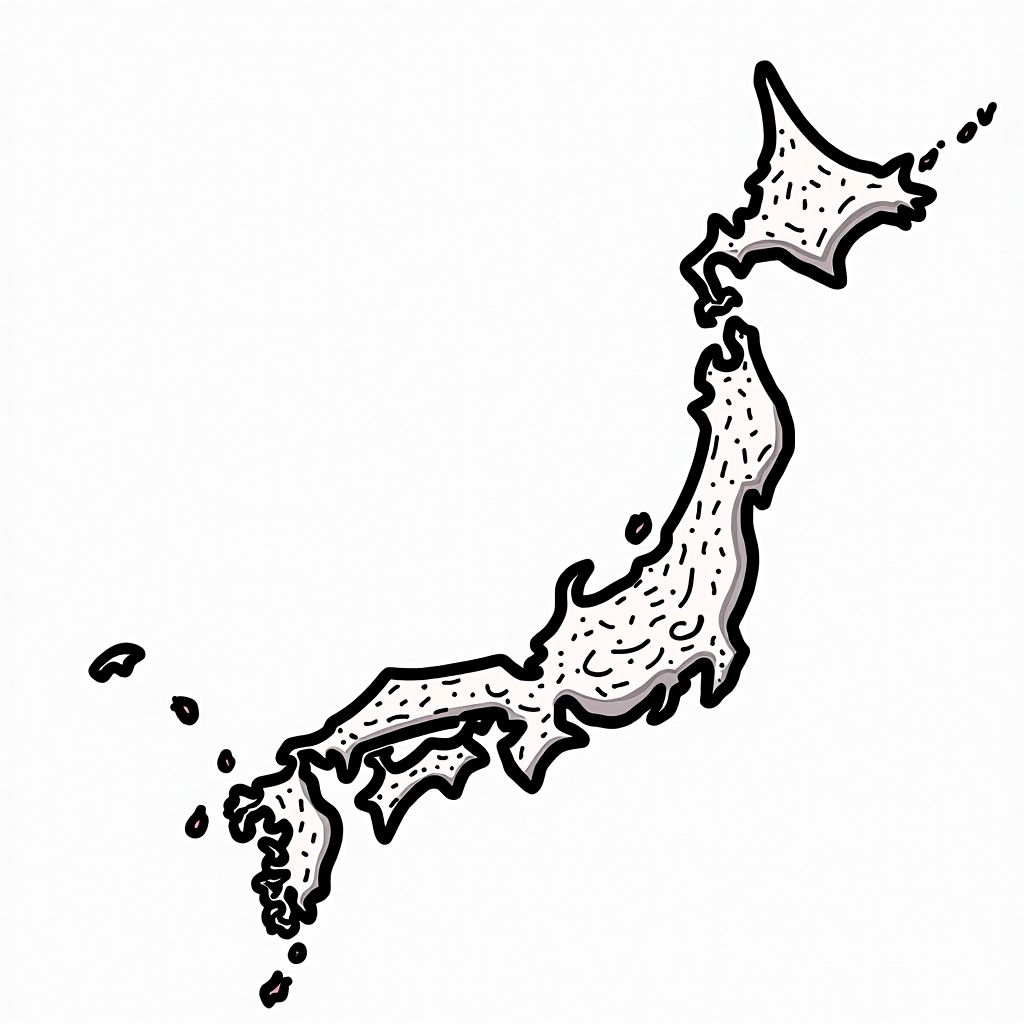Japan's Inflation Hits Three-Month Peak in October

Tokyo, Friday, 21 November 2025.
Japan’s core inflation reached 3% in October, marking a three-month high. This rise signals continued inflationary pressure, prompting speculation about potential rate hikes by the Bank of Japan.
Implications of Rising Inflation
The rise in Japan’s core inflation to 3% in October 2025, as reported by the Ministry of Internal Affairs and Communications, aligns with economists’ expectations and highlights persistent inflationary pressures in the economy [1]. This increase, which excludes fresh food prices, suggests that underlying cost pressures remain strong. The headline inflation rate also matched this 3% mark, maintaining a level above the Bank of Japan’s (BoJ) 2% target for 43 consecutive months [2]. Such sustained inflation could prompt the BoJ to reconsider its current monetary stance, potentially leading to interest rate hikes to curb further inflationary trends.
Impact on Monetary Policy and Economy
The BoJ’s decision to maintain its benchmark interest rate at 0.5% in October 2025 reflects a cautious approach amid these inflationary pressures [3]. However, the central bank has indicated a readiness to adjust borrowing costs if necessary, especially as the yen’s depreciation continues to impact import prices and inflation [4]. Governor Kazuo Ueda has emphasized the need for careful monitoring of the yen’s movement due to its potential to exacerbate inflation through increased import costs [5]. Meanwhile, the Japanese government, led by Prime Minister Sanae Takaichi, is keen on achieving the inflation target through wage growth rather than cost-push factors, which suggests a complex interplay between fiscal and monetary policies [6].
Consumer Spending and Investment Outlook
High inflation levels are likely to influence consumer behavior and business investment decisions in Japan. As prices rise, consumer spending could be constrained, affecting overall economic growth. The BoJ’s monetary policy meetings, such as the one scheduled for December 2025, will be closely watched for signals of any adjustments in interest rates or other measures to manage inflation [7]. Additionally, the recent easing in rice prices and the government’s efforts to manage staple food costs might provide some relief to consumers, although broader inflationary pressures remain a concern [8].
Future Economic Projections
Looking ahead, Japan’s inflation is expected to moderate slightly, with projections indicating a decline to around 2.7% by the end of the current quarter [9]. The BoJ’s outlook for fiscal year 2025 anticipates core inflation to ease to 1.8% in fiscal year 2026, suggesting a medium-term reduction in inflationary pressures [10]. Nonetheless, the ongoing trade uncertainties and geopolitical tensions, particularly with China, could pose additional risks to Japan’s economic recovery and inflation trajectory [11]. As the global economic landscape evolves, Japan’s policymakers will need to navigate these challenges carefully to ensure sustainable growth.
Sources
- www.cnbc.com
- tradingeconomics.com
- tradingeconomics.com
- www.reuters.com
- gianlucabenigno.substack.com
- pantheonmacro.com
- rttnews.com